Hanga Roa is the main city, port and capital of Easter Island, a province of Chile. It is located on the south side of the west coast of the island.
Hanga Roa is the main city, port and capital of Easter Island, a province of Chile. It is located on the south side of the west coast of the island, between the extinct volcanoes of Terevaka and Rano Kau.
1. Tahai
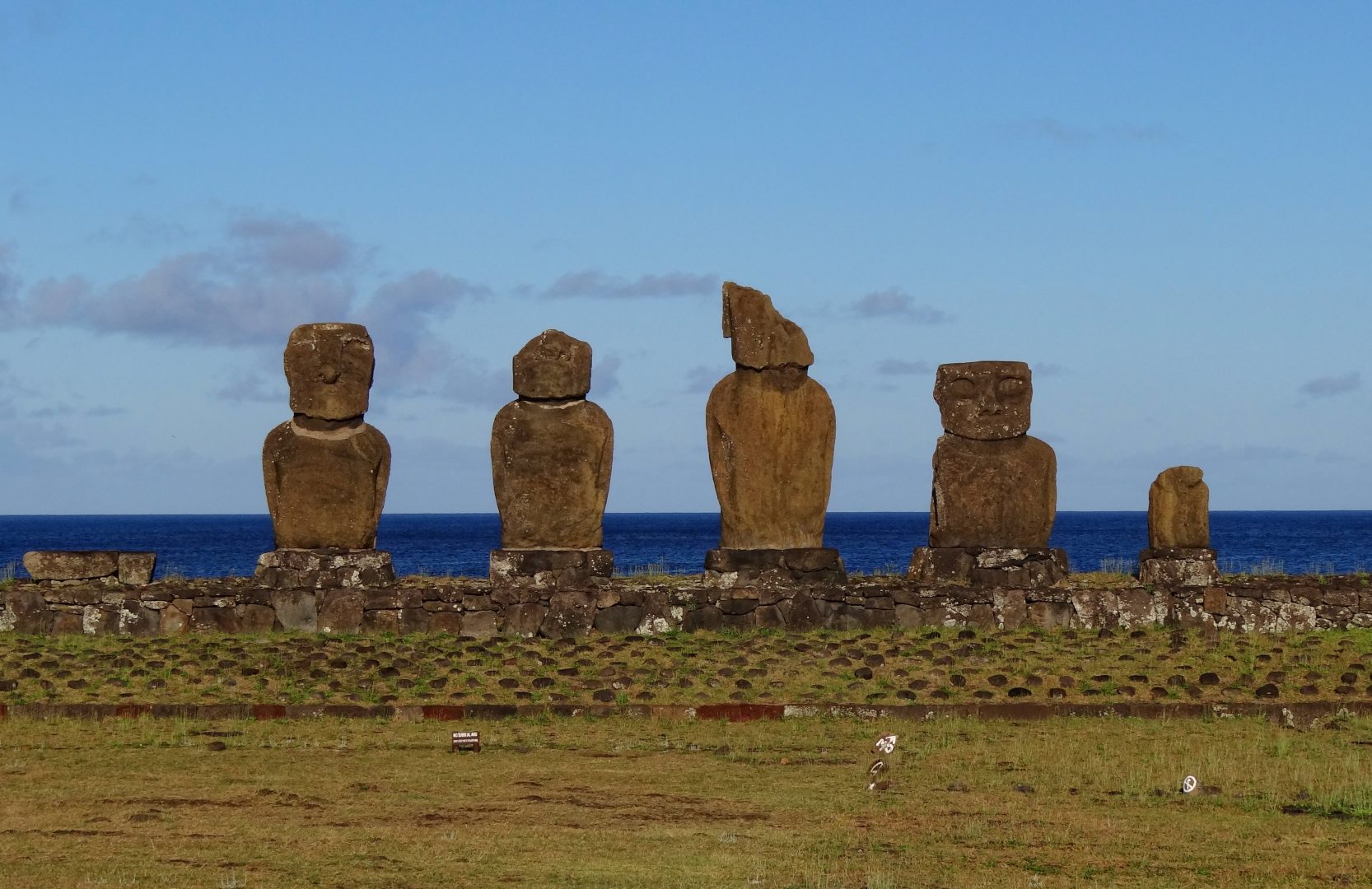
The Tahai Ceremonial Complex is an archaeological site on Rapa Nui in Chilean Polynesia. Restored in 1974 by the late Dr. William Mulloy, an American archaeologist, Tahai comprises three principal ahu from north to south: Ko Te Riku, Tahai, and Vai Ure. Visible in the distance from Tahai are two restored ahu at Hanga Kio’e, projects that Mulloy undertook in 1972. Like other Mulloy restoration projects at Ahu Akivi, the ceremonial village of Orongo and Vinapu, the ceremonial center at Tahai now constitutes an integral part of the Rapa Nui National Park, designated by UNESCO as a World Heritage site. William Mulloy and Emily Ross Mulloy are buried at Tahai.
2. Father Sebastian Englert Anthropological Museum
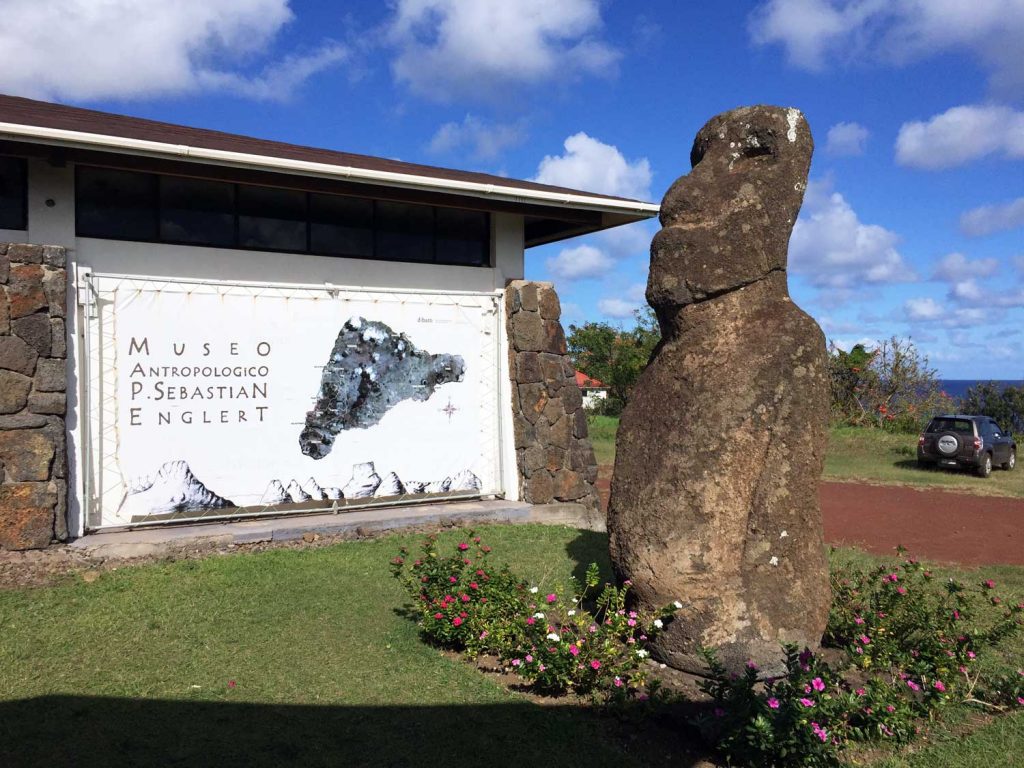
The Father Sebastian Englert Anthropological Museum is a museum in the town of Hanga Roa on Rapa Nui in Chilean Polynesia. Named for the Bavarian missionary, Fr. Sebastian Englert, OFM Cap., the museum was founded in 1973 and is dedicated to the conservation of the Rapa Nui cultural patrimony. The museum is administered by the Chilean Directorate of Libraries, Archives, and Museums and houses the William Mulloy Library. The museum houses the only female mo‘ai, as well as one of the coral eyes that were placed in the mo‘ai. There are wood statuettes, a photographic collection, archives of traditional music, and a three-thousand-volume library.
3. Puna Pau
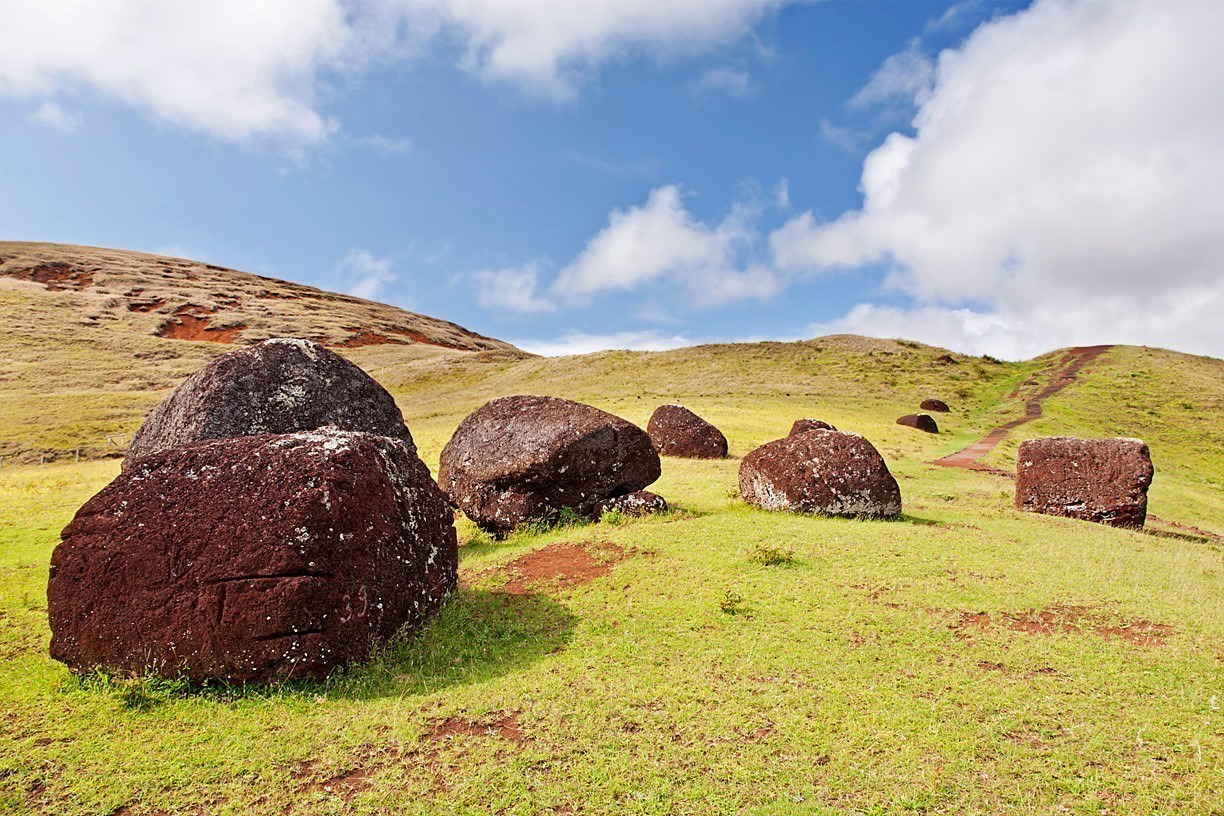
Puna Pau is a quarry in a small crater or cinder cone on the outskirts of Hanga Roa in the southwest of Easter Island. Puna Pau also gives its name to one of the seven regions of the Rapa Nui National Park. Puna Pau was the sole source of the red scoria that the Rapa Nui people used to carve the pukao that they put on the heads of some of their iconic moai statues. The stone from Puna Pau was also used for a few non-standard moai including Tukuturi and also for some petroglyphs.
4. Motu Iti
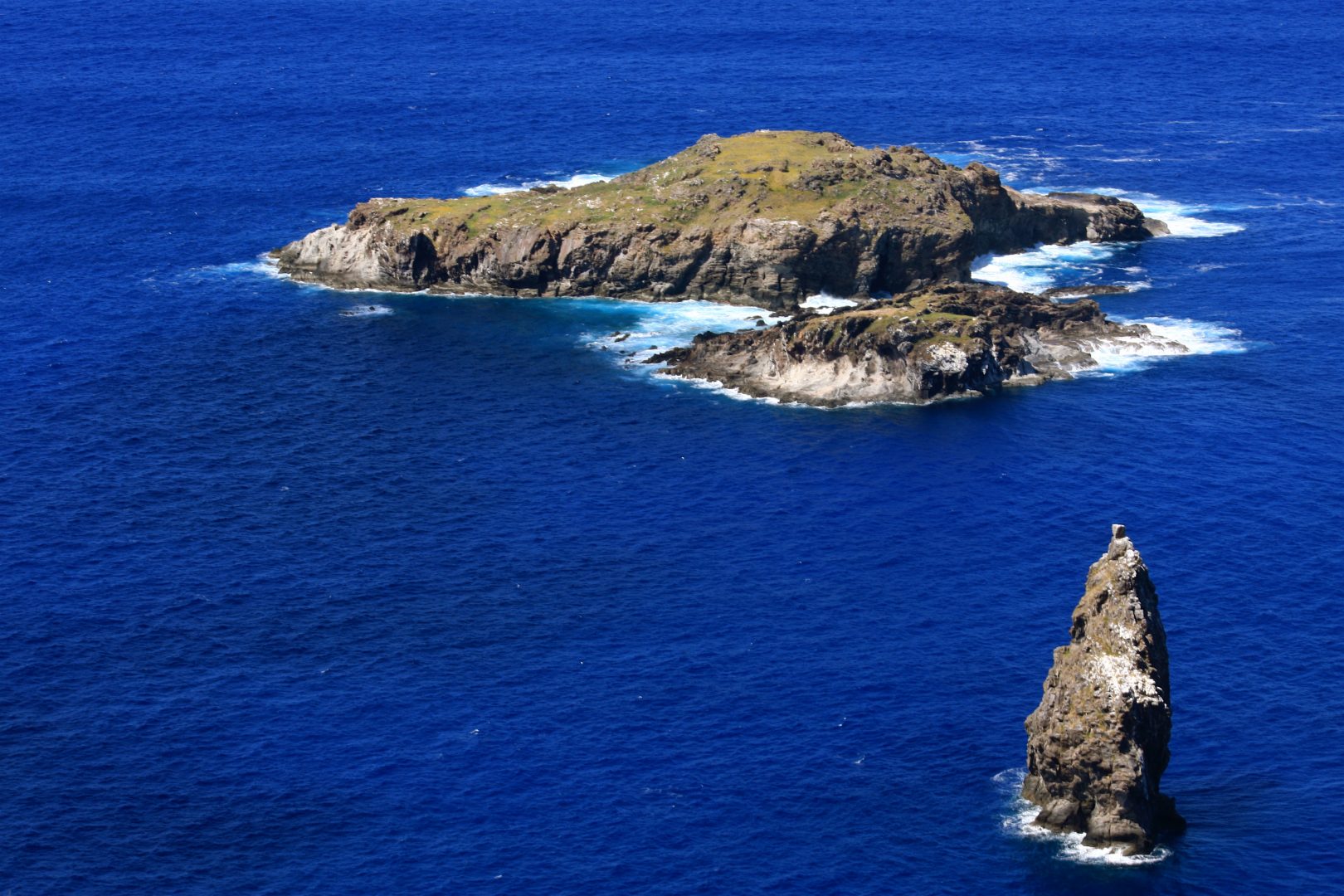
Motu Iti, or Little island in the Rapa Nui language, is a small uninhabited islet near Motu Nui, about a mile from Rano Kau on the southwestern corner of Easter Island, a Chilean island in the Pacific. It has a land area of 1.6 hectares, which makes it the second largest of the five satellite islands of Easter Island, after Motu Nui. Nowadays it is a bird sanctuary and part of the Rapa Nui National Park but until the late nineteenth century CE it was important to the Rapanui people both as their best source of obsidian for sharp-edged tools and for an annual harvest of eggs and fledglings from the seabirds that nested on it. Motu Iti is the summit of a large volcanic mountain that rises over 2,000 meters from the sea bed. Seabirds nesting on Motu Iti include the sooty tern.
5. Holy Cross Church, Hanga Roa
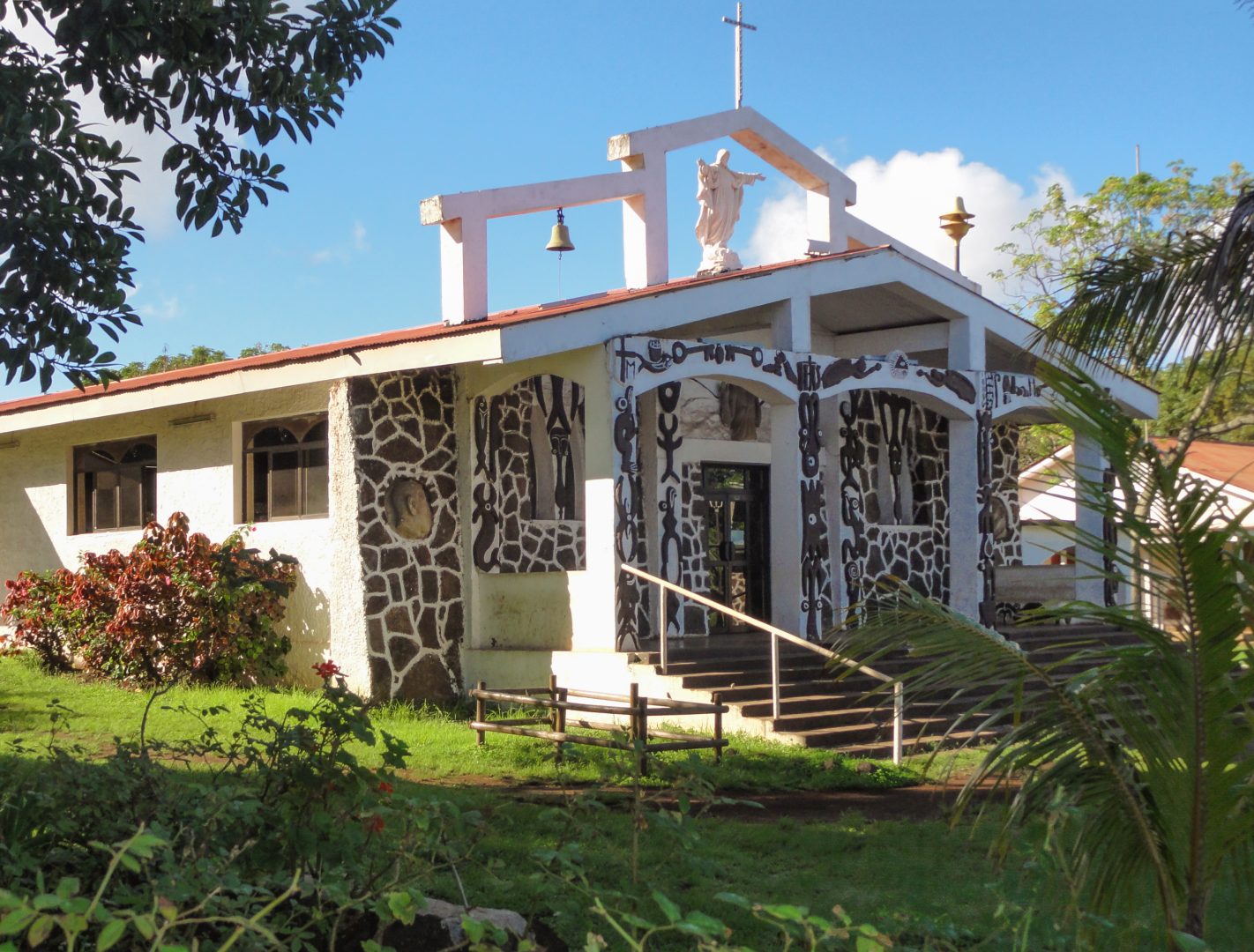
The Holy Cross Church, also known as Hanga Roa Church or simply Catholic Church of Hanga Roa is the name of the religious building affiliated with the Catholic Church in the “Te Pito Te Henua” Street in the city of Hanga Roa, the capital and greater city of the Easter Island, a Territory of Chile in the Pacific Ocean. The temple that follows the Roman or Latin rite was established in 1937 being its first priest Father Sebástian Englert. The building stands out for its external decoration and the gardens that surround it. Mainly remarkable is its facade that mixes Christian religious motifs and native elements.
